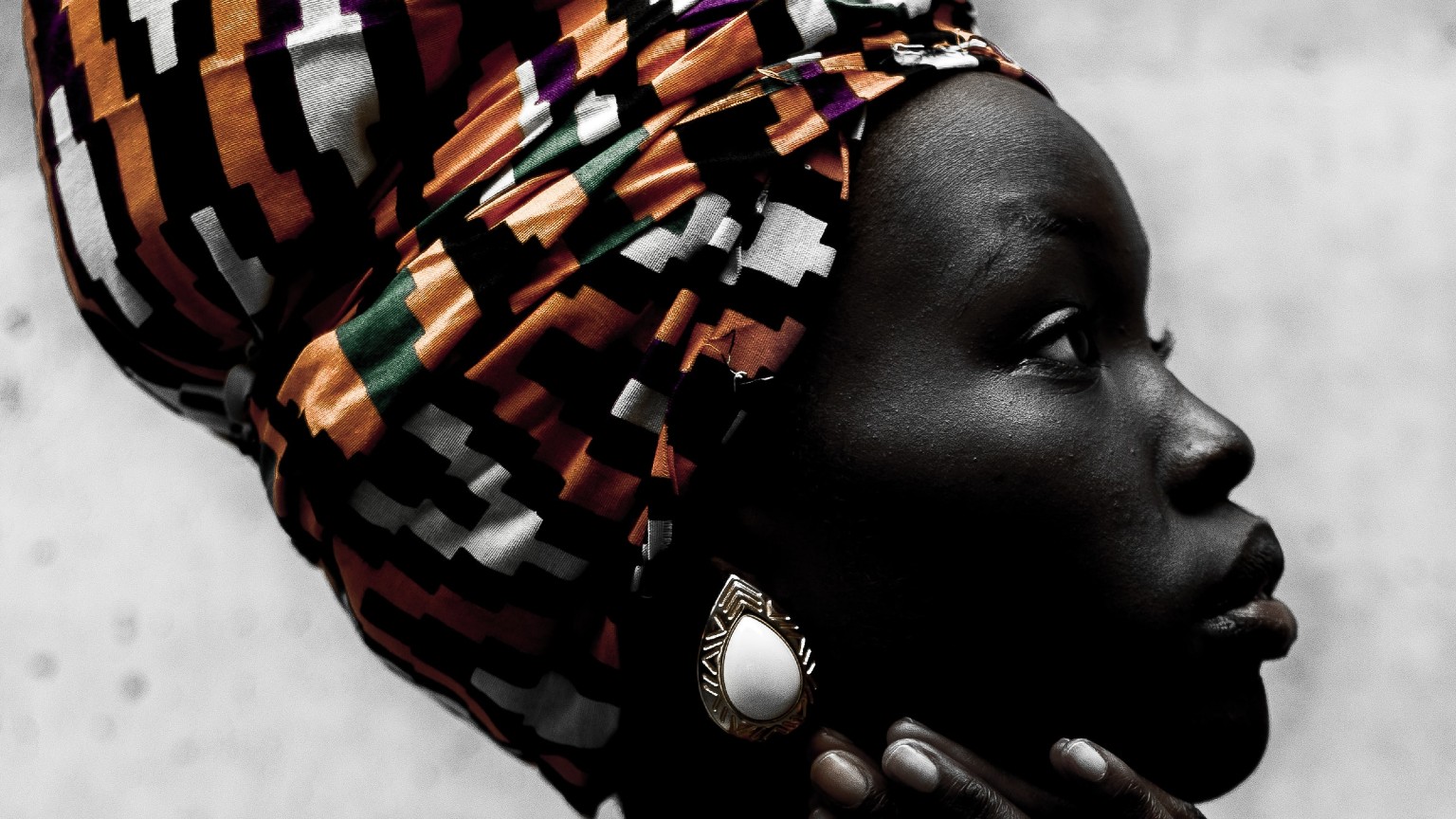When singer Nina Simone wrote her civil rights song “Mississippi Goddam,” the lyrics were inspired by a bombing at an Alabama church that killed four Black girls in 1963 and the murder of civil rights activist Medgar Evers that same year in Mississippi.
“Alabama’s gotten me so upset,” Simone wrote. “Tennessee made me lose my rest. And everybody knows about Mississippi Goddam.”
Those moving lyrics and Simone’s activism during the civil rights movement are among the reasons why the organizers of a new exhibition at NC State selected Simone to be among the featured artists. HERMonies: Black Sounds, Black Voices, Black Movements will highlight Simone and nine other Black women musical artists who have advanced social justice movements through their music.
“Black women have been at the front of fighting for freedom for years, from the suffrage march to the civil rights movement,” said Bri Elum, assistant director of the Women’s Center at NC State and one of the exhibition’s organizers. “It’s so important that we elevate the voices of these women and highlight the great impact that their music has had.”
The free exhibit is part of NC State’s celebration of Black History Month and of Women’s History Month, which is known as Women’s HERstory Month at NC State. The exhibit’s opening reception was held Feb. 15 at the African American Cultural Center inside Witherspoon Student Center.
The exhibit will remain open through March 15 and available for viewing weekdays between 8:30 a.m. and 5 p.m.
Exhibition Featured Artists and Songs
| Artists | Songs |
|---|---|
| NoName | “Song 33” |
| Beyonce | “Freedom” |
| Nina Simone | “Mississippi Goddamn” |
| Billie Holliday | “Strange Fruit” |
| Queen Latifah | “Ladies First” |
| Bernice Johnson Reagon | “Ain’t Gonna Let Nobody Turn Me Around” |
| Miriam Makeba | “Soweto Blues” |
| Aretha Franklin | “Border Song (Holy Moses)” |
| Mahalia Jackson | “Precious Lord Take My Hand” |
| Abbey Lincoln | “Tears for Johannesburg” |
HERMonies: Black Sounds, Black Voices, Black Movements will celebrate Black women from the past and present and will highlight a socially conscious song by each artist. It will feature artists who perform different genres of music, such as rapper Queen Latifah, gospel singer Mahalia Jackson and pop music superstar Beyoncé.
When visitors walk into the exhibit, a portrait of each artist will be mounted on a storyboard that will present biographical information about that artist, including notable contributions to social justice movements, and song lyrics by the artist. Visitors to the exhibit can scan QR codes allowing them to listen to music by the artists on Spotify, such as “Ladies First” by Queen Latifah, “Precious Lord Take My Hand” by Jackson and “Freedom” by Beyoncé.
The idea for the exhibit resulted from brainstorming sessions that led to robust discussions about the power of Black women advancing social justice movements, Elum said.
“We had an honest discourse around Black women in movements and how their voices have been minimized and silenced,” Elum said. “We hear about the great contributions of Black men when it comes to advancing social justice movements, but there’s little to no conversation around the powerful vocal work or behind-the-scenes work that Black women have done to advance movements.”
The organizers of the exhibit initially wanted it to feature more than 20 Black women, but due to space constraints at the exhibition site, they had to whittle down the list. They asked students to make the final decision about which 10 artists to feature.
The organizers selected artists to be considered for the exhibit based on an examination of the artists’ song lyrics and philanthropic efforts, said Isaiah Lucas, program coordinator for the African American Cultural Center, who helped plan the exhibit.
“We love that these Black women are creating music that is moving and revolutionary,” he said. “We were very intentional in our selection of the artists — picking people whose music is in line with their lifestyle.”
Lucas said he thinks one of the messages of the exhibit is there are many ways to revolutionize and get involved in social justice movements.
“This is a message to the entire NC State community on the diversity of revolution,” he said. “There are so many things that we can do to participate in movements. It’s not just about protesting. It’s not just running for office. It’s not just getting signatures through canvassing. You can move and mobilize and revolutionize through music, through art, through so many different things.”
- Categories:



